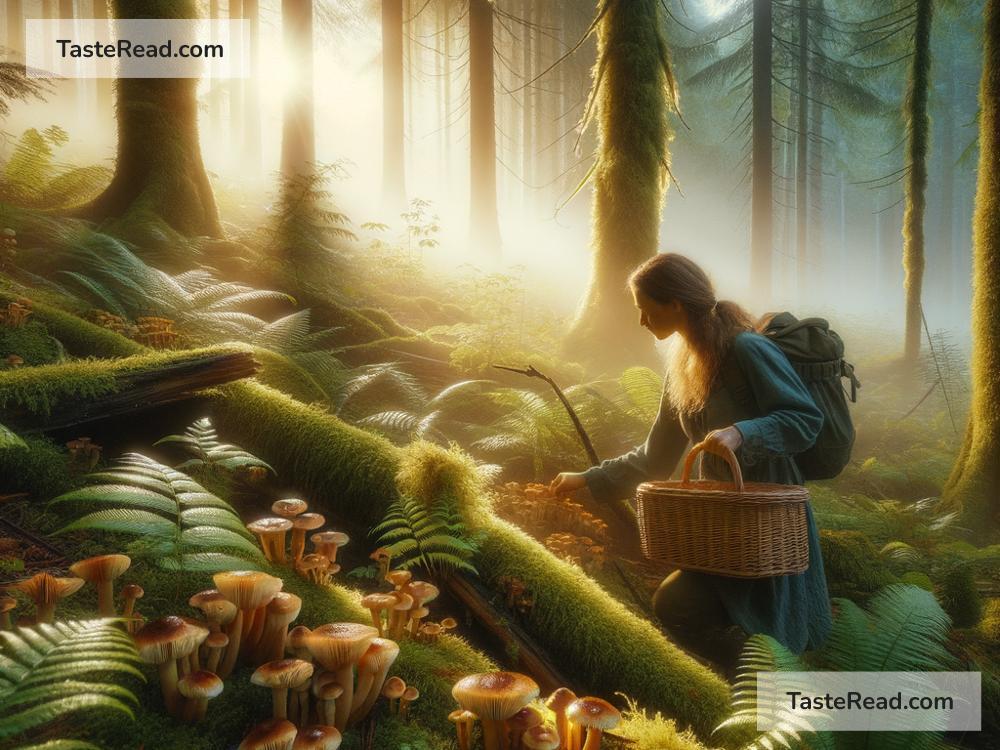Discovering Wild Mushroom Foraging in the Pacific Northwest, USA
Hidden among the lush, green forests of the Pacific Northwest, a world of fascinating and delicious wild mushrooms awaits eager foragers. The region, known for its damp, misty climate, provides the perfect conditions for a wide variety of mushrooms to thrive. From the novice enthusiast to the seasoned forager, the forests of Oregon, Washington, and Northern California are a treasure trove of fungal delights. If you’ve ever been curious about how to get started with mushroom foraging, or what makes the Pacific Northwest a special place for this activity, you’re in the right spot.
What Makes the Pacific Northwest Ideal for Mushroom Foraging?
The Pacific Northwest’s temperate rainforests offer a unique ecosystem where mushrooms flourish. The region receives ample rainfall and maintains moderate temperatures year-round, creating a moist environment ideal for fungi. Mushrooms are not just limited to forest floors; they can be found on decaying wood, amongst fallen leaves, and even on living trees.
Starting Your Mushroom Foraging Adventure
Before you dive into the world of mushroom foraging, it’s crucial to prioritize safety and respect for nature. Here are a few tips for beginners:
-
Learn from Experts: Always start your foraging journey with an experienced guide or by participating in local foraging groups. Many organizations in the Pacific Northwest offer mushroom hunting classes and walks.
-
Invest in a Good Guidebook: A comprehensive guidebook with color photos will help you identify different species. Look for books specifically about Pacific Northwest mushrooms.
-
Know the Regulations: Always familiarize yourself with local foraging laws. Some areas may require permits or limit the amount you can collect.
-
Safety First: Never eat a mushroom unless you’re 100% sure of its identification. Many edible mushrooms have poisonous look-alikes.
The Treasure Chest of Mushrooms
The Pacific Northwest is home to some of the most sought-after wild mushrooms in the world. Here are a few prized finds:
-
Chanterelles: Golden, trumpet-shaped, and with a fruity aroma, chanterelles are a favorite among chefs and foragers alike. They typically grow in mossy conifer forests.
-
Morels: Distinctive for their honeycomb appearance, morels pop up in the spring, often in areas that have been burned by forest fires the previous year.
-
Porcini (King Boletes): Known for their thick stems and rich flavor, porcini mushrooms are a forager’s delight, often found in pine forests during the fall.
-
Matsutake: Highly prized, especially in Japanese cuisine, these mushrooms have a unique spicy aroma. They grow in conifer forests and are usually hidden under layers of pine needles.
Foraging Ethically and Responsibly
Foraging for wild mushrooms is not just about the thrill of the find or the delicious meal that follows. It’s also about respecting the ecosystem and ensuring that these natural resources are available for future generations. Here are some tips for responsible foraging:
-
Only pick mushrooms you plan to eat, and never overharvest. Leave young mushrooms to grow, and only take what you need.
-
Use a knife to cut mushrooms at the base, which helps protect the mycelium (the underground part of the mushroom) and encourages future growth.
-
Spread spores! Consider carrying mushrooms in a mesh bag. As you walk, the spores will fall through the bag and help propagate new growth.
-
Stick to the trails and be mindful of your impact on the forest floor. Disturbing the habitat can harm other species that depend on it.
Embracing the Foraging Community
One of the best parts of mushroom foraging in the Pacific Northwest is the vibrant community of fellow foragers. Many towns and cities have mycological societies that host events, forays, and educational programs. Joining one of these groups can enrich your foraging experience through shared knowledge, friendships, and, of course, mushroom feasts.
Conclusion
Mushroom foraging in the Pacific Northwest is more than just a hobby; it’s a doorway to adventure, education, and a deeper connection with nature. By learning to identify mushrooms, respecting the environment, and engaging with the community, foragers can enjoy the bountiful harvests this region has to offer safely and sustainably. Whether you’re sautéing chanterelles for dinner or marveling at a peculiar fungus on a forest walk, the world of mushrooms is full of surprises and delights waiting to be discovered.


